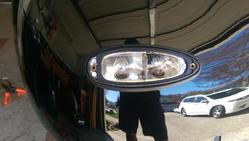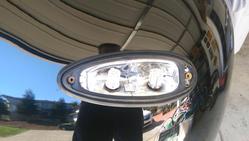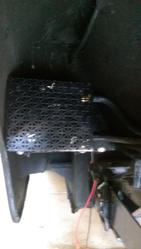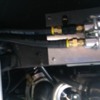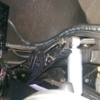OK, I'll agree (politely and with full respect) that there may be a little paranoia (engine hypochondria -- I like that) going on here.
Loose zero, is the way to go IF you have the chrome-moly pushrods. it sounds like you do, but you ought to check to be sure; get a sworn affidavit from the builder or put a magnet on the pushrod and see if it sticks. If so, then you will be wanting to use 0.004" intake 0.006" exhaust) If not magnetic, then likely chrome-moly, which is an alloy that expands and contracts with heat in tandem with the case and barrels, hence Loose zero" stays loose zero while things warm up. If you set chrome-molys w/ a little gap, there will be no particular problem w/ that, except there will be a little valve clatter and you might notice that. And always set valve clearance w/ engine stone cold.
Leaky valve cover gaskets: use the neoprene/fiber kind, and glue them down to the valve covers using HT silicone (red stuff). Let dry/set overnight, then apply some grease (I use silicone) to the exposed surface prior to application to the engine. Original steel VW valve covers w/ the bale to secure them are the best -- other designs look cool, but in my experience do not work as well.
The "hair" I am referring to would be what you would see when you remove the sump drain plug and look at the magnet that should be in there. Be sure to have that look when the oil gets changed. If no magnet there, get a drain plug that has one, they are cheap.
Crank case pressure: with engine running, just open where you pour the oil in and see if gasses come out of this opening. Leave everything hooked up otherwise. Rev the engine and see how it goes. There may be some positive pressure sensed, but it should not be strong and full of oil mist. Ideally, it would be slightly negative pressure. And putting oil down this pipe w/ engine running would not be a good idea.
Best news: you say engine is running strong, so that is good. it will take a bit to get broken in. Running at various speeds, and not over-reving would be the order of the day.
And of course, do not overfill with oil.


